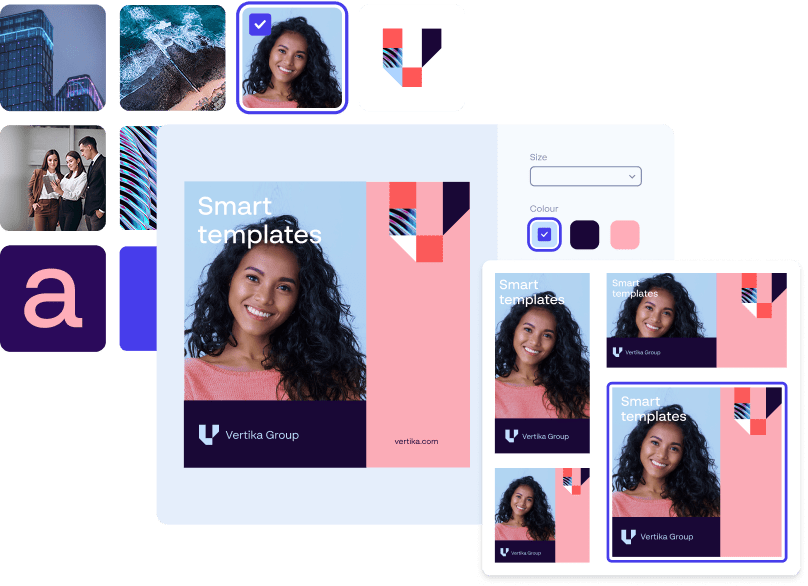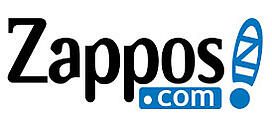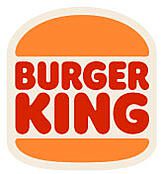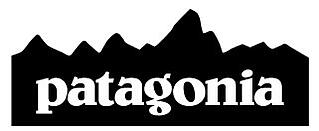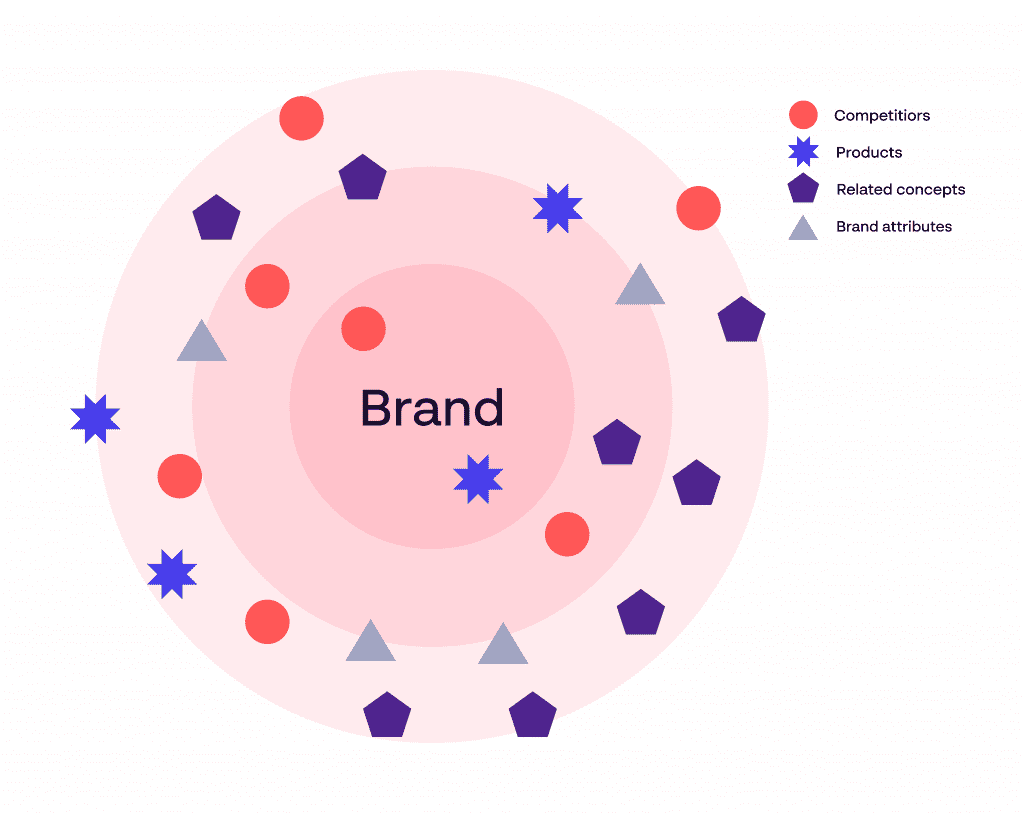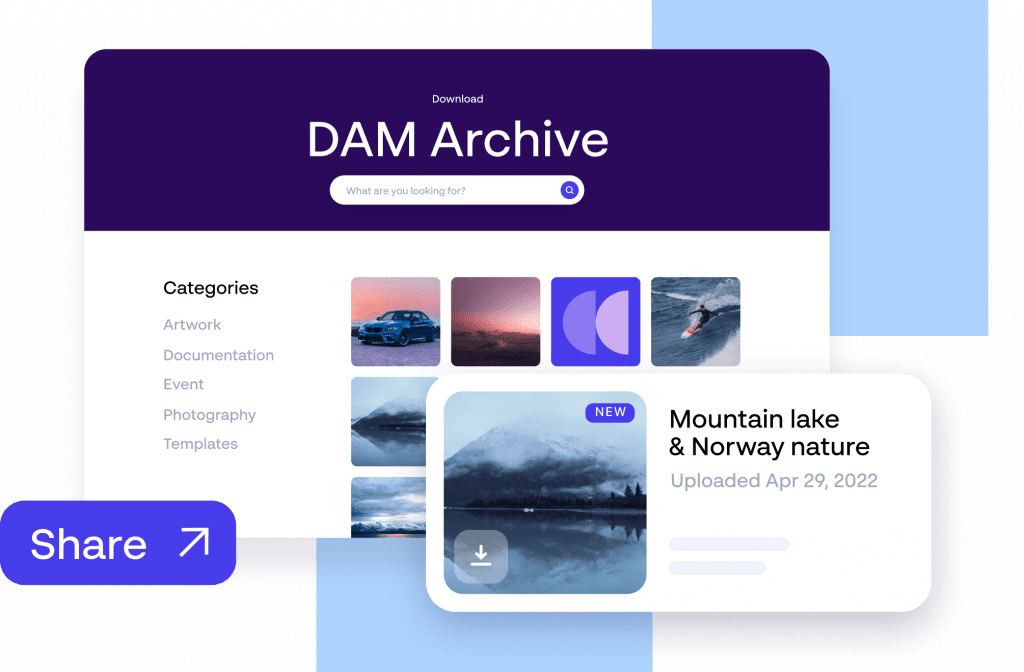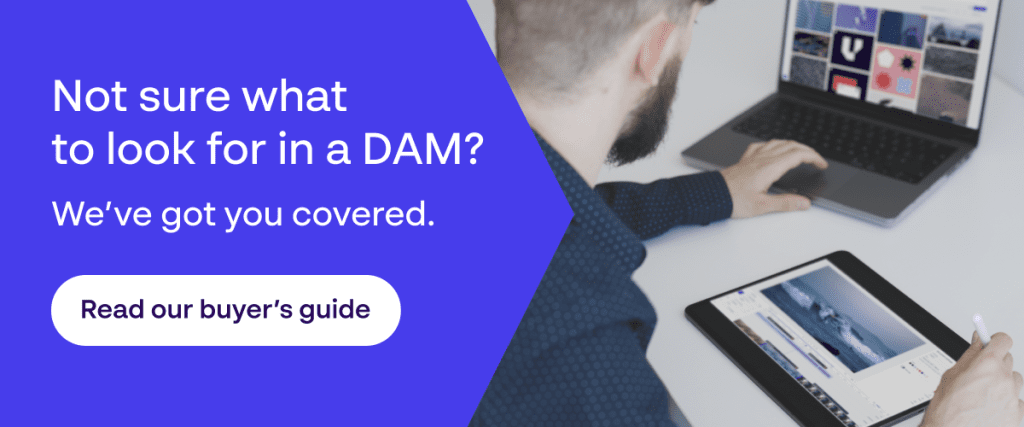The definition of work-life balance is quite different depending on who you work for. For some, it’s unlimited holiday, flexible working hours and perks-a-plenty. For others, the reality is much starker.
However your work-life balance scale is tipped, one thing’s for sure: If your time at work is full of stress, all the perks in the world won’t make a difference.
BAM by Papirfly™ was designed with one aim in mind: To give teams the freedom to fly. To free them from the fast-paced, ever-changing environment that demands high-level thinking, concentration, energy, multi-tasking and more.
Software isn’t going to save the world, but it can help to make work-life more enjoyable and fulfilling.
How BAM supports individual employees
Manageable hours and no longer working late
Whether resources are low or your team is stretched, there’s nothing worse than working through lunch or staying late just to meet deadlines. Rushing not only compromises the quality of output, but also leaves it more prone to errors. Working this way is unsustainable and unfulfilling.
Working long hours is mentally draining and sees people missing out on important events with family and friends, as well as leaving them with less time for self-care and other activities that keep their mental and physical health in check.
BAM automates many time-consuming and manual processes, meaning that work gets done more quickly. There are predefined templates in place meaning that anyone in any team can create what they need when they need it. There’s no need to worry about things going wrong because the sign-off process is digitised and the creative is completed with guidelines enforced.
In summary…
- No more long hours
- Automate time-consuming tasks
- Digitise sign-off
- Prevents rushing
Feeling less stressed
Many of BAM’s features are designed to make marketing as stress-free as possible. There’s less reliance on agencies or others around you, the responsibility of creation or editing can sit almost anywhere – with no design experience needed to create an infinite amount of assets, including print, digital, video, social, email and more.
These can all be made on-brand in a matter of minutes, so no panicking to push through any last-minute changes or amends. All the power is in your hands.
Able to meet deadlines and keep up with demand easily
When your marketing team is relied upon by all areas of the business, demand can quickly outweigh capacity. Often there’s not an option to say no and teams need to muddle through to achieve what they can, as quickly as they can.
With a dedicated campaign planner built-in to a DAM, everyone understands their deadlines. Marketing materials can be created quickly thanks to smart templates. Technically, anyone in the business can create the assets they need by themselves, as long as they have had the initial hour of training they are good to go.
This means no more over-committing, only seamless execution.
In summary…
- Shared responsibility and burden
- Deadlines met with ease
- Capacity is increased to cope with demand
Reduce the risk of anything going wrong
Anxiety and panic are significantly reduced when the scenarios that can cause them are eliminated. Having the assurance that stops things from going wrong is one of many ways to do this with BAM.
Predefined smart templates are built tailored to your brand. Locked down image libraries, colour combinations, layouts and more so that nothing can be created off-brand.
An optional digital sign-off process can also be embedded into any asset you create. This allows people to comment on particular elements of an asset, approve changes and give ultimate sign-off on the marketing’s release. A full audit trail is left which means you can see who did what and when.
In summary…
- Full audit trail on assets
- Digitised approval process
- Pre-defined templates prevent anything being off-brand
More scope for remote working
When all or part of your team is working remotely, it’s important for them to be able to access what they need without always needing server access or software installed. Your brand’s dedicated brand portal is accessed via a URL and login on your normal browser, which means anyone can access and create what they need from anywhere in the world.
This pulls down huge barriers for teams who have been unable to embrace hybrid working. The power of BAM means they can always pick up where they left off, whether they’re at home, on-the-go or in the office.
Unmanageable workloads are a thing of the past
Taking on too much or feeling under too much pressure often only ends in one way – an unhappy person that looks elsewhere for a new role. Marketing is by its very nature a complex beast, but too much to deliver and too few resources is an unnecessary strain on teams.
Each of BAM’s four feature categories work to make workloads more manageable in the following ways:
Create – An infinite amount of print, digital, social and video assets. There’s no limit to the amount you can create so budgets can be stretched as far as you need them to go. Assets can be created in a matter of minutes, which means more time is freed up for individuals.
Educate – A central place for teams to access all brand guidelines and documentation, ensuring that everyone knows what they’re doing and when. The right teams in the right territories have access to the resources that are relevant for them, which helps to improve accuracy, eliminate mistakes and prevent duplication of effort.
Store & share – A built-in Digital Asset Management (DAM), where everything is centrally stored and accurately organised. Teams can access, edit and share any marketing materials that have been created without having to hunt for what they need. The latest versions and their history is all recorded, and prevents having to go back and redo assets.
Manage – A central birdseye view of everything that’s going on, no need for back and forth on emails or endless Zoom calls. Create and access timelines, briefs, project information and files in one place. Manage sign-offs digitally and only release artwork for download once it’s signed off.
Ways BAM supports brands
Smart templates ensure everything’s on-brand
There’s total peace of mind that teams across the world are all on the same page and delivering to a high standard.
Teams are always informed and educated
A dedicated education section means that teams in every country have access to the information relevant to them and that brands are activated correctly.
Time is used more effectively
Reduction in time searching for files. Assets created in minutes. Less time liaising with agencies. Amends made in seconds. Time freed up for strategic thinking. There’s no end to the productivity gains made possible by BAM.
Transform the way you work forever
Learn more about the power of BAM for your corporate, employer brand or retail marketing team. Book your demo today.
Table of contents:


